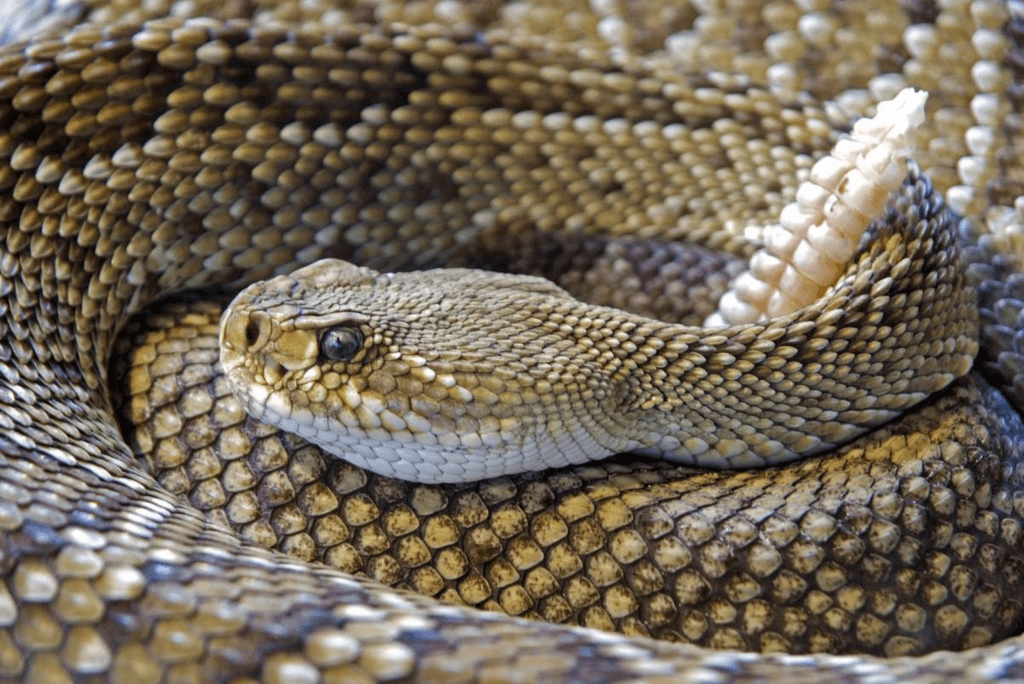National Serpent Day
National Serpent Day is observed next on Sunday, February 1st, 2026 (58 days from today).

National Serpent Day is celebrated on February 1 every year. If you love the Serpent, then this day is for you. National Serpent Day is celebrated to recognize snakes. Snakes are considered symbols of medicine, good, evil, fertility, etc. and they are both worshiped and feared. There are nearly 3,000 species of snakes in existence around the world. The smallest snake in the world is the Barbados thread snake, and the longest snake in the world is called the reticulated python.
Some facts about National Serpent Day
The snake is an animal that has been used to symbolize evil in many cultures and religions. However, it has also been linked to fertility and medicine. There are many stories and legends that refer to snakes. In fact, there are more than 3,000 species of snakes all over the Earth. The green anaconda is the heaviest, the reticulated python is the longest, and the Barbados thread snake is the smallest, only about 4 inches. National Serpent Day is designed to raise awareness about snakes.
The main symbols commonly associated with snakes include vengeance and vengeance, medicine and poison, guardianship, fertility and rebirth. In modern times, the snake can be associated with political propaganda and modern medicine. Serpent Day gives you the opportunity to dig deeper into this creature and learn more about what it means to different people around the world, as well as its role in history.
History of National Serpent Day
Snakes have been simultaneously feared and revered, in various periods of human history. Quetzalcoatl was a Mesoamerican god whose worship was first known in Teotihuacan in the first century BC or first century AD. The veneration of this statue appeared to be widespread throughout Mesoamerica from AD 600–900.
Quetzalcoatl, also known as "The Serpent," played a dominant role as a god, model, myth, historical figure, and symbol in the Aztec culture. According to legend, he incarnated to earth and founded the beautiful Tollan capital of the Toltecs. Quetzalcoatl represents the quest for meaning in life, and is the guardian of water and rain, a precious resource of the Aztecs.
In Hindu areas of Asia, the snake, or naga, is considered a nature spirit. As in the Aztec belief system, the Naga is the guardian of springs, wells and rivers, so snakes bring rain and fertility. The serpent is also a fascinating symbol in the Bible. Perhaps the most common is to portray the snake as an enemy in general, or as Satan in particular.
However, a serpent was later used to foretell Jesus' death on the cross and its salvation was made possible when a bronze serpent appeared on the cross that the followers critically ill Israel was expected to recover, which can be found in John 3:14-15. . Anthropologists have argued that the snake is a symbol of death built into our unconscious minds because of evolutionary history, since for millions of years, snakes were primarily just predators of animals. Today, a snake wrapped around the Rod of Asclepius sits on the Star of Life, a symbol of worldwide medical aid.
Fun facts about National Serpent Day!
Snakes do not chew their food. Any teeth they have are used to inject venom or keep prey moving in the right direction as they swallow whole.
As of 2011, the longest snake ever recorded was a reticulated python measuring 25 feet, 2 inches in length.
Some snakes maintain their life by giving birth, however, most of them lay eggs.
Herpetophobia is the fear of snakes.
The cobra spits out, with alarming precision, a blinding venom into the eyes of an attacker at least 6 feet away.
How to celebrate National Serpent Day
Considering that snakes are often associated with wisdom and cunning, if you decide to celebrate Snake Day, you can take this time to reflect on some of your key life experiences and decide what they have taught you. What lessons did you learn and how can you use this knowledge to improve your life in the future.
After all, is learning from your mistakes one of the most important skills you can learn? Snakes are also associated with care and medical attention, so maybe spend some time sitting down with the family and learning the basics of first aid - what to do in the event of a bee sting or safe what the basic medicine is, or how to bandage a burn, or how to properly bandage a cut. That kind of knowledge has never hurt anyone, especially not children or teenagers, who are particularly prone to accidents.
You can also spend some time learning about the symbolism associated with the snake. This makes for a fascinating read, as the snake is a prominent figure in various religions and mythologies; From Christianity to African mythology. You could spend hours reading about the snake, which is one of the oldest and most popular mythological symbols. Snakes often represent the dual manifestation of evil and good, and they are associated with some of humanity's oldest rituals.
We'll give you brief insights into the snake's use in several religions and mythologies to get you off to a good start. Let's start with Native American mythology! Some Native American tribes considered rattlesnakes the king of snakes and the grandfather of snakes capable of causing storms and bestowing strong winds. In Jewish mythology, Eve was seduced by a serpent in the Garden of Eden with a God-like promise, tempting her despite God's warning.
There are also various examples of snakes in Greek mythology. We're sure most of you are familiar with Medusa; a ferocious female monster whose hair consists of live venomous snakes. Typhon is another evil character whose snakes come from his body, though in this case, they come from his feet. Typhon was considered an enemy of the Olympian gods. There was also the Minoan Snake Goddess, who swung a snake from both hands. Rather than evoking her role as the Mistress of the Animals, it is thought to be an indication of her role as a source of wisdom.
You'll also find snake references in Norse mythology, Nagas, Christianity, United Arab Emirates culture, ancient Iran, African mythology, and more. So take the time to read a bit on this topic on Snake Day. It's really fascinating to learn about the different ways this animal is viewed.
Serpents deserve a day dedicated to them; its presence is somehow necessary, which in all fables and stories is rife with situations inspired by snakes and wise or wicked snakes, which pervade the background. Our culture is as old as any of our ancestors can remember.
Observed
National Serpent Day has been observed annually on February 1st.Dates
Thursday, February 1st, 2024
Saturday, February 1st, 2025
Sunday, February 1st, 2026
Monday, February 1st, 2027
Tuesday, February 1st, 2028


